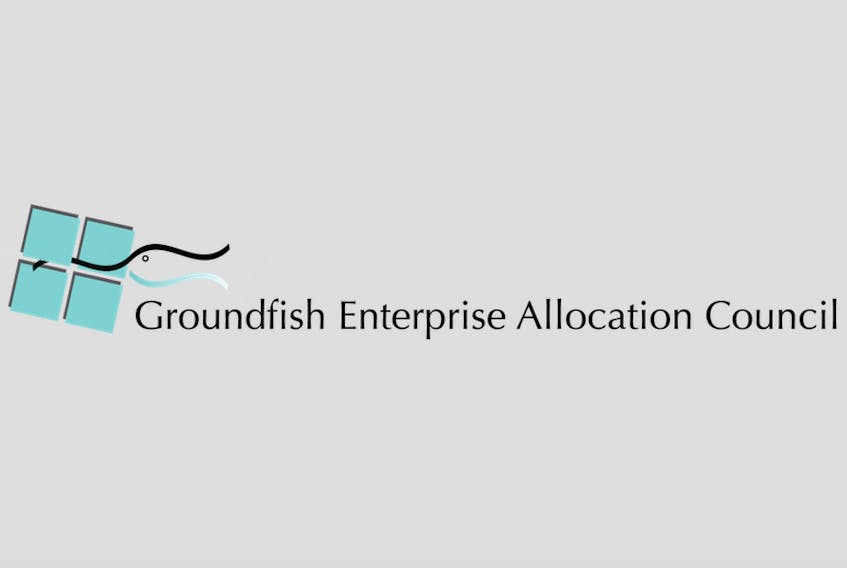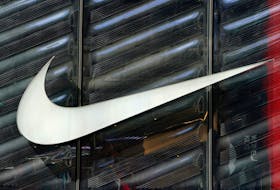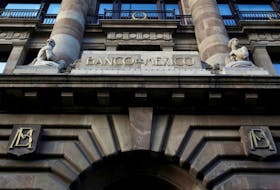The large-vessel sector in Newfoundland and Labrador’s groundfish industry is open, transparent and adheres to regulations that are world class, says the Groundfish Enterprise Allocation Council (GEAC).
“The fishery conducted by the large-vessel sector in Newfoundland and Labrador is much more tightly regulated than other groundfish sectors,” said Kris Vascotto, executive director of the non-profit industry association, which represents year-round groundfish harvesters in Atlantic Canada.
“The large-vessel fishery is monitored from the moment the vessel leaves port to when the vessel offloads and at all steps in between.”
The monitoring process and regulations were recently called into question by the Newfoundland and Labrador-based Fishery Community Alliance and its chair, Gus Etchegary, who suggested fish landed and exported from a number of ports in the province with cold storage facilities is not being properly traced by the provincial government or Ottawa.
In a news release issued by the organization on March 7, Etchegary charged that neither the federal or provincial fisheries departments had any information on the quantity and species of unprocessed fish landed at those ports by factory-freezer trawlers.
GEAC, however, says the Fishery Community Alliance’s claim is blatantly wrong.
Last year, 75 per cent of trips were covered by third party at-sea observer programs accredited by the Department of Fisheries and Oceans (DFO), GEAC says. On top of that, there is dockside monitoring of all offloads, at-sea inspections, mandatory logbooks, daily hail reports, and satellite vessel monitoring systems – all audited by DFO compliance and protection officials.
How and where fish are caught, when and where the catch is landed, and how the harvest complies with existing quotas and regulations is all known, GEAC says.
“Even this is periodically assessed by offshore DFO surveillance inspections where vessels are boarded, gear inspected and catch determined,” Vascotto said.
SEE RELATED
Fisheries management at ‘rock bottom’, N.L. group says
“Combined, this means that the department has extensive records and knowledge of vessel operations. This information is live, current and accurate.”
GEAC says complete and reliable information on harvesting activities are requirements of a well-regulated fishery, and the rules that are in place have made the fisheries management system in Canada the envy of the world.
“This monitoring scheme is effective and allows regulatory control to be applied in real-time,” Vascotto said.
“To imply anything else reflects a lack of knowledge, which perhaps is why the veracity of this management structure has withheld the scrutiny of multiple third-party audits.”
As for monitoring and tracking of exports, GEAC pointed out any fish shipped outside of the country is tracked using worldwide standard codes detailing the product, its origin and where it’s going.
While the information is freely available from the federal government, it is kept confidential on company basis because of privacy issues.
“The consumer should be aware that in many cases, we are able to track a piece of fish directly back to the area, time and haul in which it was caught,” Vascotto said.
“In short, products produced by our vessels and landed in Newfoundland and Labrador are fully traceable and this have been validated by both the regulator and external third-party auditors.”









